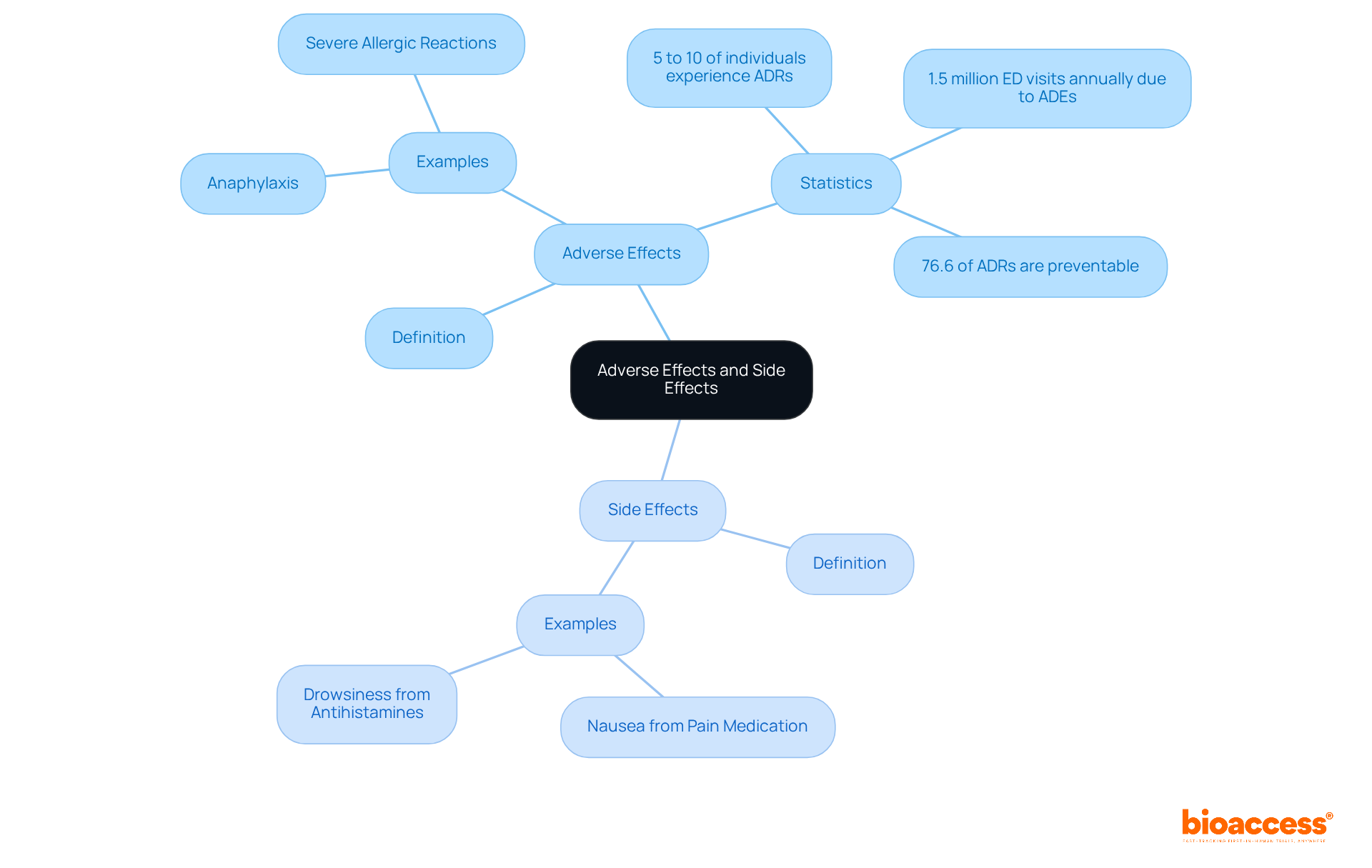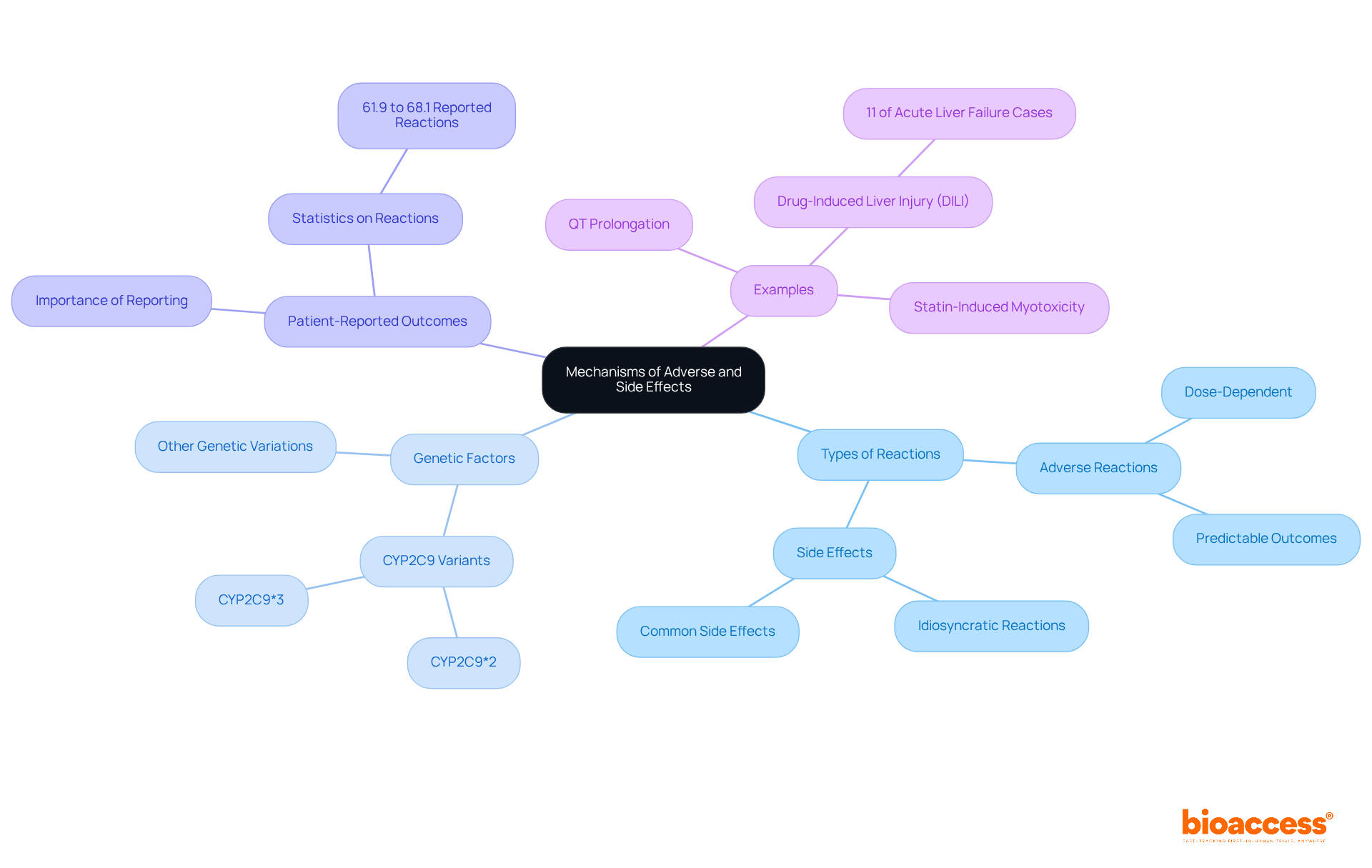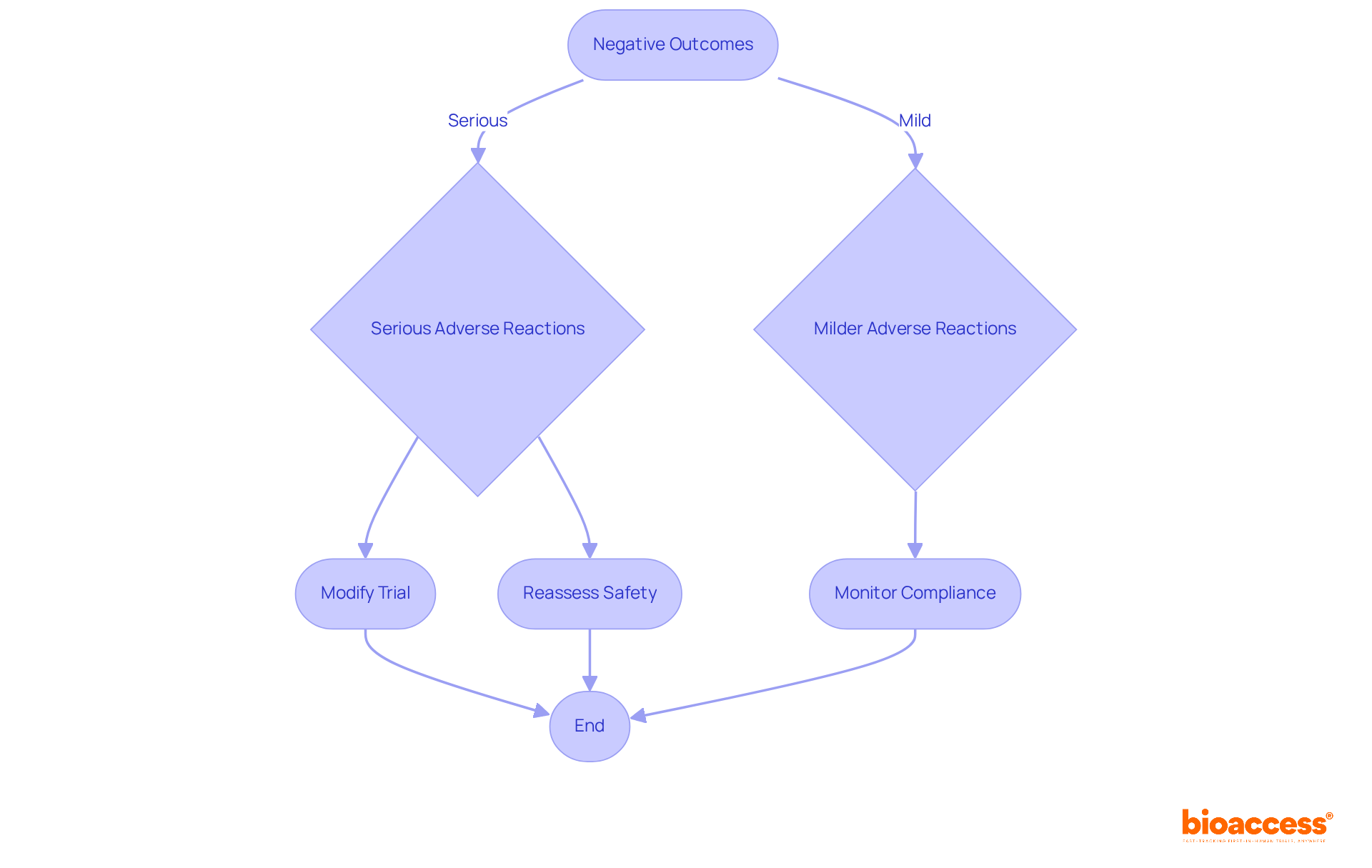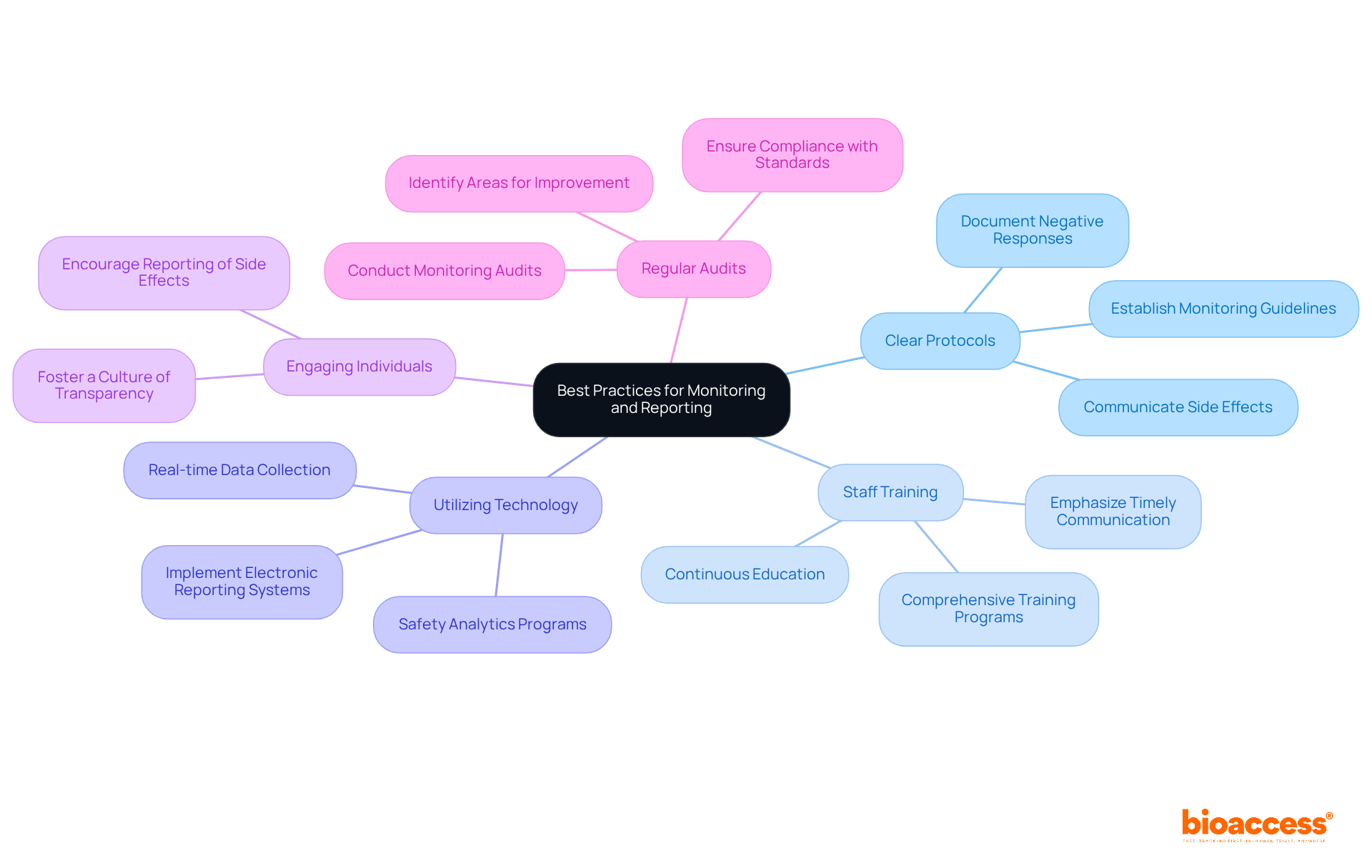


This article elucidates the critical distinction between adverse effects and side effects, emphasizing their inherent nature and predictability.
Adverse effects represent harmful and often unforeseen responses to medical interventions, while side effects are anticipated secondary reactions accompanying treatment.
Understanding this differentiation is essential for enhancing patient safety and ensuring treatment compliance. By comprehending the mechanisms and implications of these effects, healthcare professionals can implement better monitoring practices, ultimately leading to improved outcomes in clinical settings.
Understanding the nuances between adverse effects and side effects is crucial in the realm of healthcare, where the stakes are often life and death. As medical interventions continue to evolve, so does the complexity of their outcomes. Statistics indicate that a significant percentage of patients experience adverse drug reactions each year. This raises an important question: how can healthcare professionals effectively differentiate between expected side effects and potentially dangerous adverse reactions to ensure patient safety?
Delving into this topic not only illuminates the critical distinctions between these two types of reactions but also highlights the vital role of monitoring and reporting in enhancing clinical practices and patient care.
Negative outcomes represent harmful or unintended responses that arise from medical interventions, such as drugs or treatments. These outcomes can vary significantly in intensity, ranging from minor discomfort to life-threatening situations, often necessitating urgent medical assistance. In contrast, additional reactions are secondary responses that occur alongside the intended therapeutic outcomes. While reactions are typically expected and documented, negative outcomes are often unforeseen and can pose substantial health risks. For instance, nausea induced by pain medication is classified as a secondary reaction, whereas an allergic response resulting in anaphylaxis is considered a negative outcome.
As we approach 2025, the prevalence of side effects in drug therapies remains a pressing concern, with research indicating that approximately 5% to 10% of individuals may experience negative drug reactions (ADRs) upon admission or during hospitalization. Notably, over 1.5 million individuals in the United States visit emergency departments each year due to adverse drug events, underscoring the urgent necessity for vigilant monitoring and management of these reactions. Moreover, statistics reveal that 76.6% of ADRs were certainly avoidable, emphasizing the importance of proactive measures in healthcare. Additionally, diabetes agents, such as insulin, account for nearly 14% of emergency department visits related to ADEs, illustrating the real-world implications of these effects.
Current perspectives among healthcare experts underscore the critical need to understand the difference between adverse and side effects to enhance safety for individuals and ensure compliance with regulations. As Tadele Mekuriya Yadesa noted, healthcare professionals play a pivotal role in preventing, identifying, and managing ADRs through diligent monitoring of individuals. By effectively differentiating between reactions and negative outcomes, healthcare professionals can develop improved monitoring strategies, ultimately enhancing treatment compliance and patient outcomes.

Negative and supplementary reactions arise from intricate interactions between medications and biological systems, illustrating the difference between adverse and side effects. Unpredictable responses can lead to adverse outcomes, which may reveal the difference between adverse and side effects, often linked to genetic predispositions or unforeseen medication interactions that clinical trials may overlook.
For example, drug-induced liver injury (DILI) can manifest in a select group of individuals due to idiosyncratic reactions, contributing to approximately 200 cases of acute liver failure annually in the U.S., which accounts for around 11% of such incidents. Conversely, understanding the difference between adverse and side effects reveals that adverse reactions tend to be dose-dependent and more predictable; for instance, drowsiness is a common response to antihistamines.
Understanding these mechanisms is crucial for researchers and clinicians to anticipate potential risks and tailor treatments effectively. Recognizing that certain medications may induce gastrointestinal upset enables proactive strategies, such as prescribing protective agents.
Recent studies underscore the importance of patient-reported outcomes in documenting adverse reactions, revealing that between 61.9% and 68.1% of individuals report moderate to severe reactions during treatment. Furthermore, genetic factors significantly impact individual susceptibility to negative drug reactions; for instance, patients with CYP2C92 and CYP2C93 genetic variations face an elevated risk of bleeding when undergoing warfarin therapy, underscoring the necessity for personalized approaches in clinical practice.

The consequences of negative impacts highlight the difference between adverse and side effects in clinical studies, which are both significant and intricate. Negative outcomes—serious and unplanned responses to treatment—may necessitate modifications to the trial, including dose adjustments or even the discontinuation of the study if associated risks outweigh benefits. For example, in trials where a considerable proportion of participants experience severe adverse reactions, researchers must reassess the safety profile of the drug under investigation. This reassessment is vital for ensuring participant safety and preserving the integrity of the research.
Conversely, adverse reactions, which are typically milder yet still noteworthy, can substantially influence individuals' adherence to treatment protocols. Research indicates that compliance rates for long-term conditions often hover between 50% and 60%, with adverse reactions playing a pivotal role in this noncompliance. When individuals encounter adverse reactions, their willingness to continue participating in a trial may diminish, potentially skewing the outcomes and undermining the study's credibility.
To address these challenges, robust monitoring and reporting systems are essential for accurately capturing the difference between adverse and side effects as well as secondary outcomes. Such vigilance not only protects participants but also enhances the credibility of research findings. Regulatory authorities mandate comprehensive documentation of these impacts to ensure that new therapies are both safe and effective prior to market introduction. By prioritizing patient safety and adherence, clinical researchers can elevate the overall quality and reliability of their studies.

To effectively monitor and report the difference between adverse and side effects, clinical researchers must adopt several best practices.
By following these best practices, clinical researchers can enhance patient safety and improve the overall quality of their studies.

Understanding the distinction between adverse effects and side effects is crucial for enhancing patient safety and ensuring effective clinical practices. Adverse effects represent serious, often unpredictable responses to medical interventions, while side effects are typically expected and secondary to the therapeutic benefits of a treatment. Recognizing these differences not only aids healthcare professionals in managing patient care but also plays a vital role in clinical research and regulatory compliance.
The pressing need for vigilance in monitoring these reactions is underscored by statistics revealing that a significant portion of patients experience adverse drug reactions, sometimes necessitating emergency care. Insights into the mechanisms behind these effects, such as genetic predispositions and drug interactions, highlight the complexity of patient responses to medications. Furthermore, implementing best practices in monitoring and reporting can significantly improve patient outcomes and adherence to treatment protocols.
Ultimately, the importance of distinguishing between adverse and side effects cannot be overstated. By fostering a culture of awareness and proactive management, healthcare professionals can enhance patient safety and the overall efficacy of clinical research. It is imperative for both medical practitioners and patients to engage in open communication regarding these reactions, ensuring a safer and more effective healthcare environment.
What are adverse effects in medical interventions?
Adverse effects are harmful or unintended responses that arise from medical interventions, such as drugs or treatments. These outcomes can range from minor discomfort to life-threatening situations.
How do side effects differ from adverse effects?
Side effects are secondary reactions that occur alongside the intended therapeutic outcomes and are typically expected and documented, while adverse effects are often unforeseen and can pose substantial health risks.
Can you provide an example of a side effect and an adverse effect?
An example of a side effect is nausea induced by pain medication, whereas an allergic reaction resulting in anaphylaxis is considered an adverse effect.
What percentage of individuals may experience adverse drug reactions (ADRs)?
Research indicates that approximately 5% to 10% of individuals may experience negative drug reactions (ADRs) upon admission or during hospitalization.
How many individuals visit emergency departments annually due to adverse drug events?
Over 1.5 million individuals in the United States visit emergency departments each year due to adverse drug events.
What percentage of ADRs are considered avoidable?
Statistics reveal that 76.6% of ADRs were certainly avoidable, highlighting the importance of proactive measures in healthcare.
Which medications account for a significant number of emergency department visits related to adverse drug events?
Diabetes agents, such as insulin, account for nearly 14% of emergency department visits related to adverse drug events.
Why is it important for healthcare professionals to understand the difference between adverse effects and side effects?
Understanding the difference is critical to enhance safety for individuals and ensure compliance with regulations, allowing healthcare professionals to develop improved monitoring strategies and enhance treatment compliance and patient outcomes.